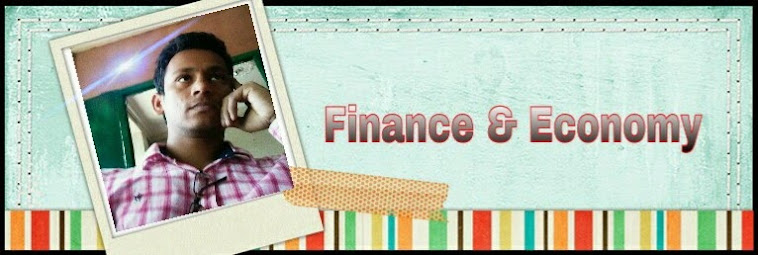Nepal is facing numerous challenges in the path of economic development. Major constraints hurdles and challenges of economic development facing by Nepal are outlined below:
Real Sector
Average economic growth rate of past 10 year is just
4.1% hence upgrading the country from its current state of least development
country to developing country status is difficult as attaining double digit
growth rate is challenge.
Agriculture has vital role in Nepal’s economic growth.
Uncertainty of climatic condition and weak irrigation policy has impacted GDP
affecting overall economic growth.
Saving is the source of investment. It is difficult
to raise investment where situation of gross domestic saving is about just 9%
of GDP.
Investment, both domestic & foreign, could not be
expanded as consequences of failure to bring improvement on in investment
environment contribution of manufacturing sector that stood 10% to GDP in the
past has now been contained at 6%
Persistent higher inflation rate despite steps taken
through monetary and fiscal policies to curb it adversely affects the
government target of reducing poverty along with achieving higher economic
growth.
Unemployment: 400 thousand labor forces enter the
labor market every year. Failure of creating domestic job has created a
situation where number of labor force is seeking foreign employment.
Challenging task to bring significant improvement in the
people’s living standard by reducing income inequality through effective
implementation of poverty alleviation program.
Social development like education. Health drinking
water and sanitation is still difficult.
Energy crisis is another major challenge to Nepal
despite the abundant water resource potential.
Government Sector:
CAPEX: Low capital expenditure is another challenge
faced by the country. The average ratio of CAPEX to GDP in the last five years
has remained merely at 5%. This shows the government sector’s inability to
improvits spending capacity.
Recurrent expenditure: past trend shows it as
targeted and steadily growing. On an average the ratio of recurrent expenditure
to GDO has remained at 14.3% in the last 5 years. However, it is imperative to
the prudent on recurrent expenditure while expanding the capital expenditure so
as to attain higher growth rate. Reaching recurrent expenditure at desire limit
through prudent spending is growing challenge.
Prioritizing government expenditure is still very
tough. Placing most of the projects/programs in P1 category shows as if all
projects/programs are of the same priority, which has been creating problems in
prioritizing and managing their expenditures aside from having difficulties in
achieving their result.
The foreign debt liability increases when Nepalese
currency depreciates against the US Dollar. This has been posing foreign
exchange risk in relation to foreign debt. Likewise the increase in interest
rate of domestic borrowing is matter of concern. Hence it has remained a challenge to maintain
risk level by maintaining optimal level of domestic and foreign debt.
Managing Public enterprise is getting more complex.
Huge amount against staff salaries, allowances and other facilities even though
a number of PE has remained closed for long. Hence, task to re-operate those
PEs, intiate the process of disinvestment or go to their liquidation process,
and manage the existing employees in an appropriate manner have remained
challenging risk.
Financial situation of NOC is deteriorating. There
have been several problems in the task such as curbing the leakage by
strengthening NOC management, adjusting POL price in line with international
market price, giving due consideration to energy development for reducing
dependency on POL products.

No comments:
Post a Comment